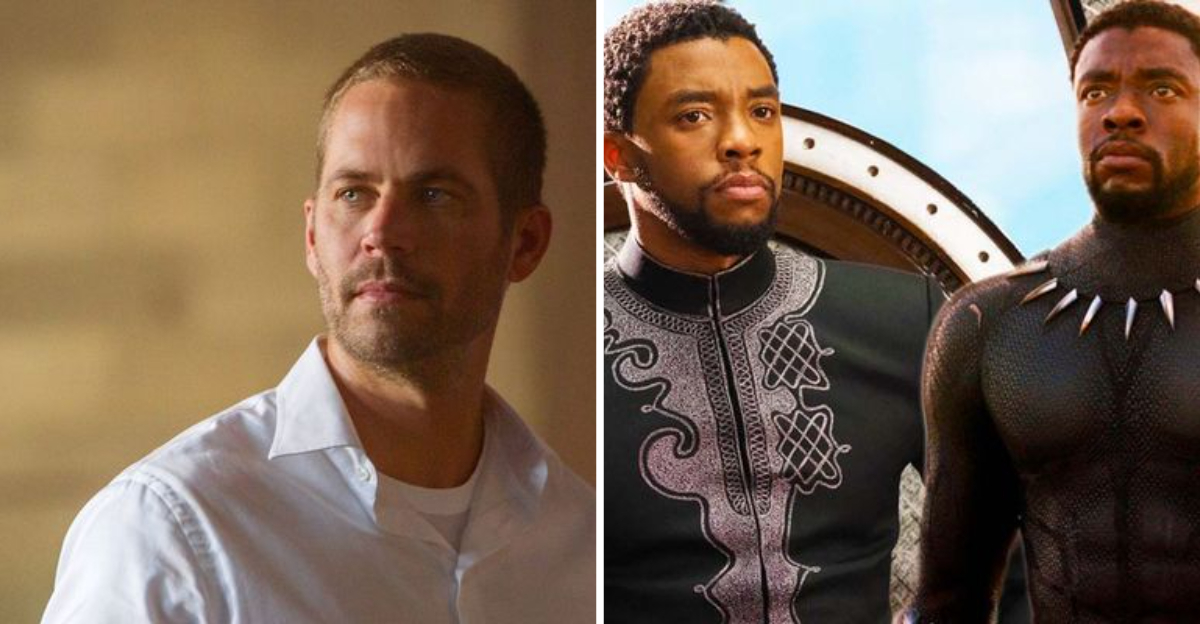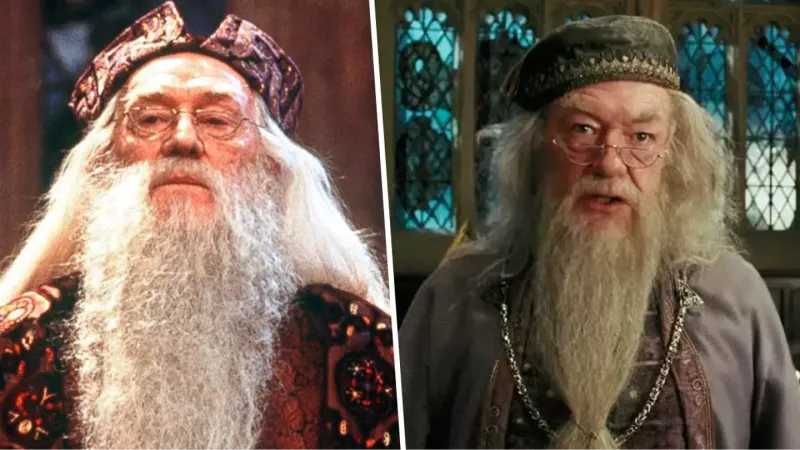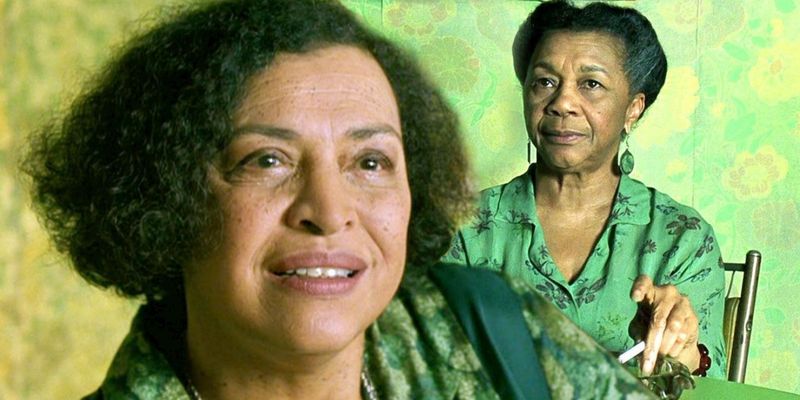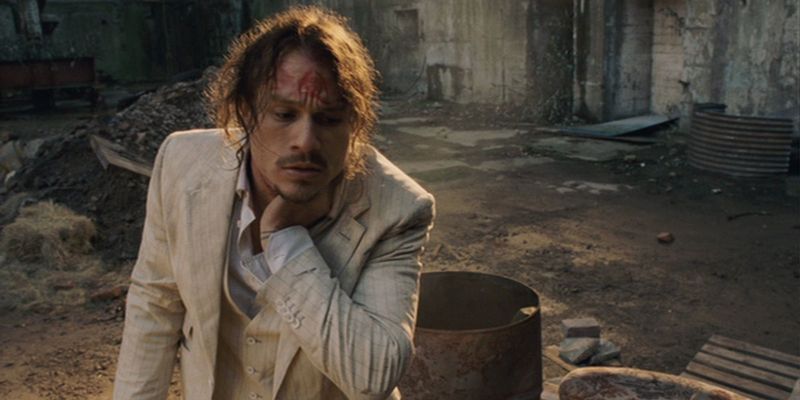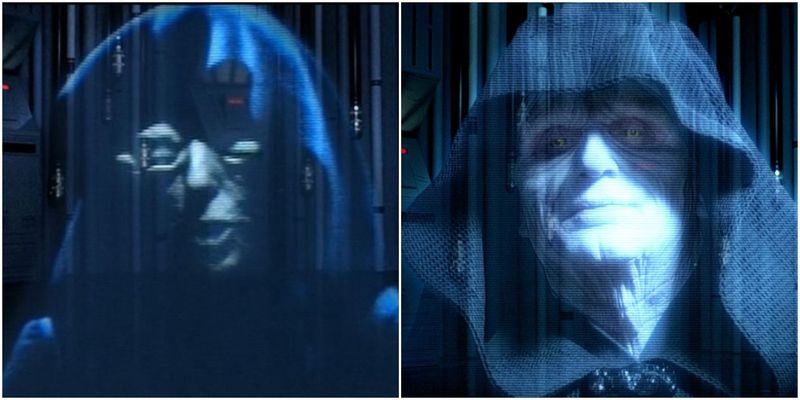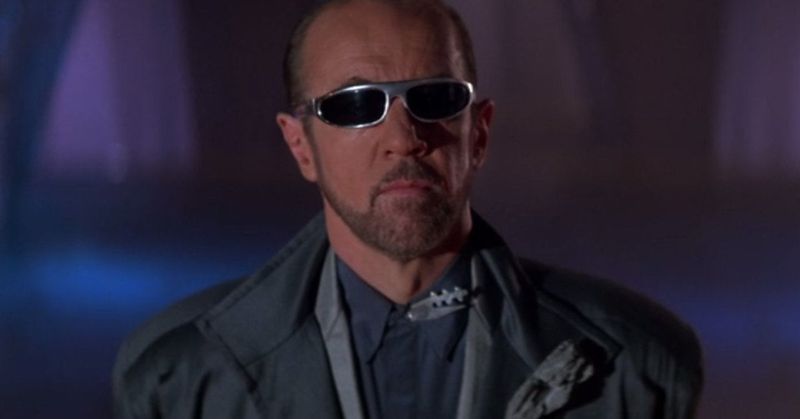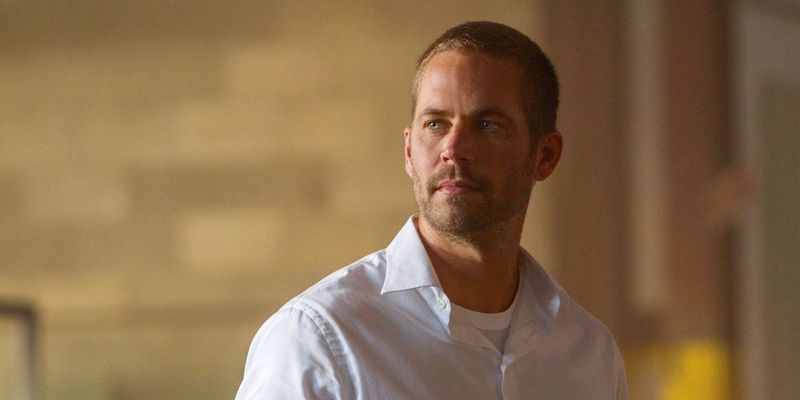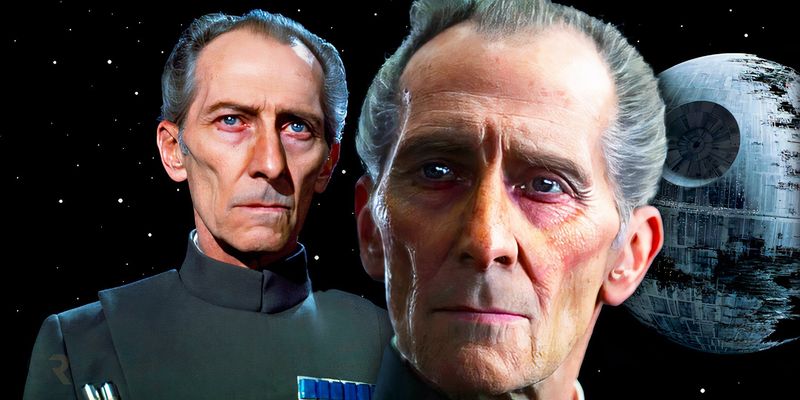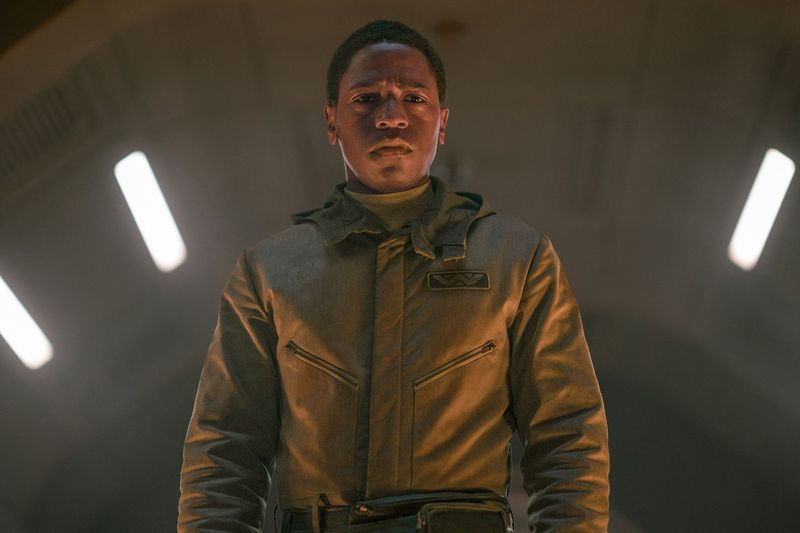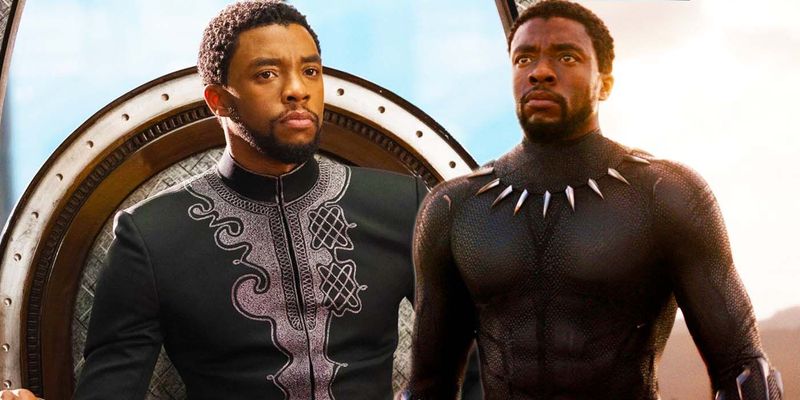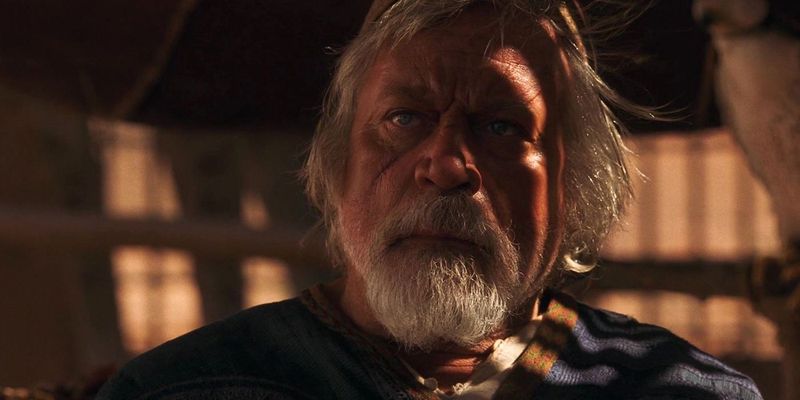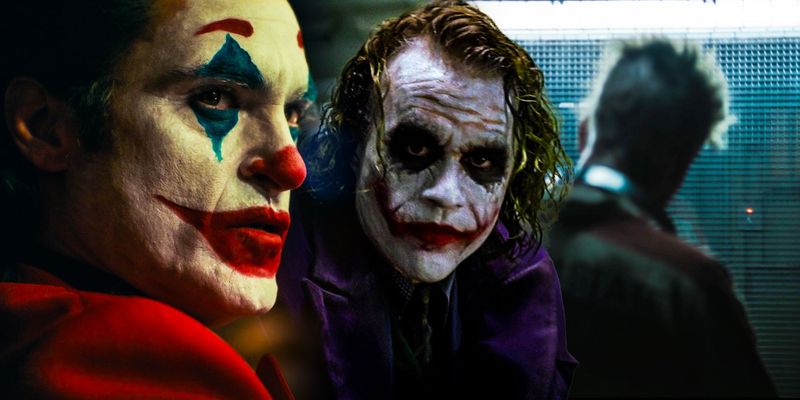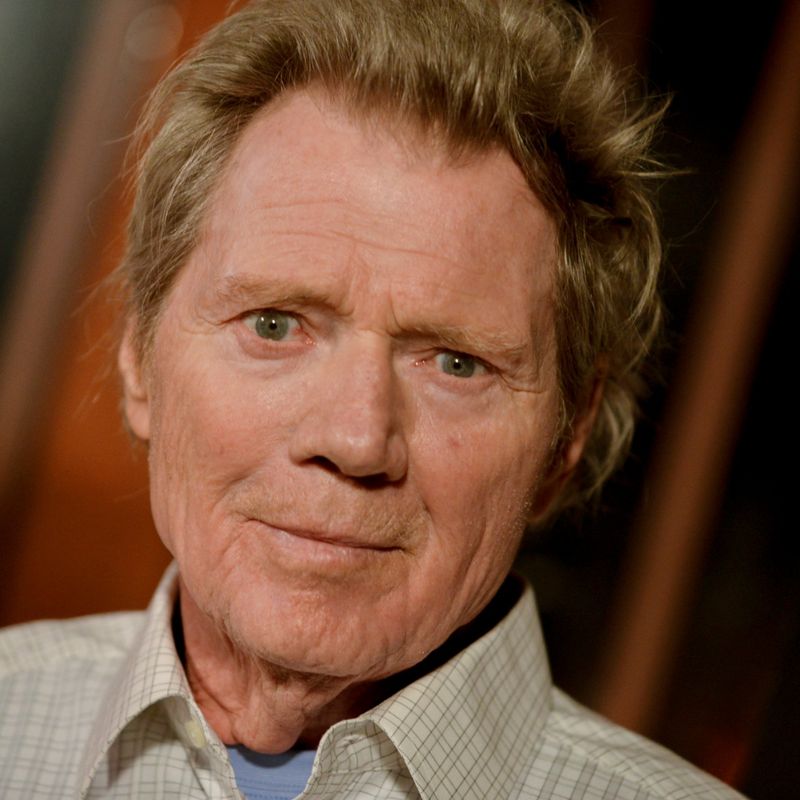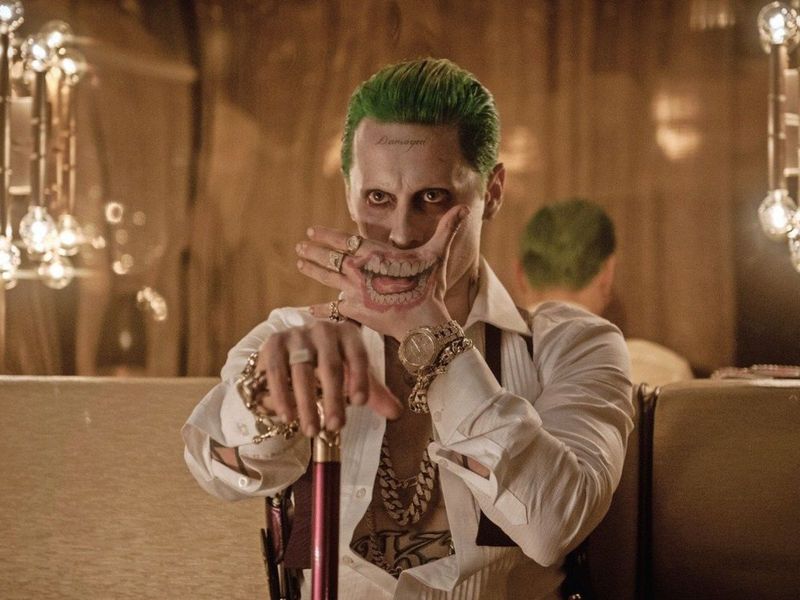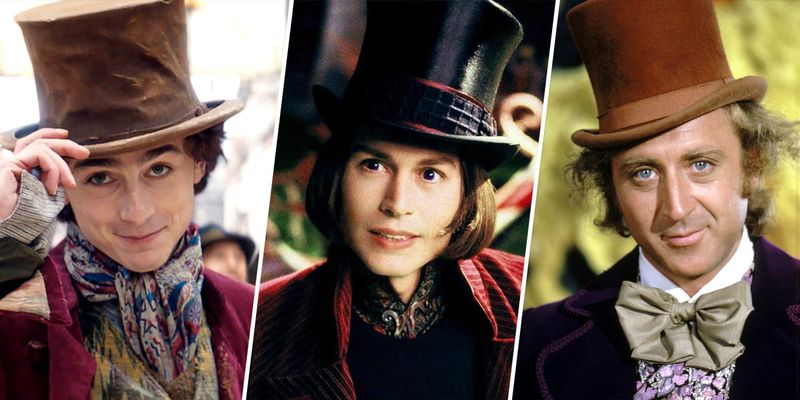In the ever-evolving world of cinema, some roles transcend time, leaving a lasting imprint on audiences. Yet, when beloved actors pass away, filmmakers face the challenge of continuing their legacy. This post explores 14 iconic movie roles that were recast after the original actors’ deaths, detailing the transitions and the impact on the films.
1. Albus Dumbledore – Harry Potter Series
Richard Harris originally portrayed Dumbledore as the wise and gentle headmaster of Hogwarts. His untimely death in 2002 left fans wondering who could fill his shoes. Michael Gambon stepped in, bringing a slightly more enigmatic and dynamic energy to the role.
In ‘Harry Potter and the Prisoner of Azkaban,’ Gambon captured the beloved character’s essence while introducing his own flair. The transition was smooth, and Gambon’s portrayal became iconic in its own right, winning the hearts of a new generation of Potter fans.
2. The Oracle – The Matrix Series
The enigmatic Oracle was first portrayed by Gloria Foster, who imbued the character with warmth and mystery. Foster’s death in 2001 meant a change was inevitable, and Mary Alice was cast in ‘The Matrix Revolutions.’
Alice brought a subtle change to the Oracle, maintaining the character’s wisdom and serenity. The film’s storyline cleverly addressed the Oracle’s different appearance, ensuring a seamless continuation of the narrative. Fans embraced Alice’s portrayal, appreciating the continuity in the Oracle’s timeless guidance.
3. Tony – The Imaginarium of Doctor Parnassus
Heath Ledger’s unexpected death during filming left a significant void. In a creative twist, Johnny Depp, Jude Law, and Colin Farrell stepped in to portray alternate versions of Tony, reflecting his ever-changing identity.
Their unique performances added depth to the character, showcasing Tony’s complexity. Each actor brought their distinctive style, enhancing the film’s fantastical theme. The seamless integration of these portrayals was a tribute to Ledger’s work, allowing the film to honor his legacy while delivering a unique cinematic experience.
4. Emperor Palpatine – Star Wars: Episode V – The Empire Strikes Back
Originally, Emperor Palpatine was voiced by Clive Revill and physically portrayed by Marjorie Eaton. The character truly came to life when Ian McDiarmid took over in ‘Return of the Jedi.’
McDiarmid infused Palpatine with a menacing depth that became definitive. His portrayal was later retroactively added to ‘The Empire Strikes Back,’ ensuring continuity within the saga. Fans hailed McDiarmid’s portrayal as iconic, with his chilling presence now synonymous with the Emperor’s ruthlessness.
5. Rufus – Bill & Ted Face the Music
George Carlin’s Rufus was a guiding light in the original ‘Bill & Ted’ films. Following Carlin’s passing, ‘Bill & Ted Face the Music’ honored his legacy with a digital cameo and introduced Holland Taylor as Rufus’s widow.
The film paid homage to Rufus’s wisdom, maintaining his legacy while introducing new dynamics. Taylor’s character added a heartfelt connection to Rufus, enriching the story for both new viewers and longtime fans. This balance of nostalgia and innovation resonated with audiences.
6. Brian O’Conner – Furious 7
Paul Walker’s tragic accident left an indelible mark on ‘Furious 7.’ To complete his scenes, Cody and Caleb Walker served as stand-ins, with CGI recreating Paul’s likeness.
The filmmakers crafted a touching farewell, allowing Brian O’Conner to retire gracefully. This respectful handling of Walker’s character provided closure for fans, affirming the franchise’s commitment to honoring his memory. The film’s emotional impact remains a testament to Walker’s enduring legacy within the ‘Fast & Furious’ family.
7. Grand Moff Tarkin – Rogue One: A Star Wars Story
Peter Cushing’s portrayal of Tarkin in ‘A New Hope’ set a high standard. ‘Rogue One’ paid homage to Cushing by using CGI to recreate his likeness, with Guy Henry providing the performance.
This innovative approach allowed Tarkin’s menacing presence to be felt once again, blending seamlessly into the film’s narrative. Fans appreciated this respectful tribute to Cushing’s legacy, showcasing the power of technology in preserving iconic characters for future generations.
8. Ash – Alien: Romulus
Ian Holm’s Ash introduced audiences to the chilling android archetype in ‘Alien.’ With Holm’s passing, ‘Alien: Romulus’ utilized Daniel Betts and CGI to recreate the character.
The film maintained Ash’s cold and calculating demeanor, capturing the essence of the original portrayal. This careful reconstruction honored Holm’s contribution to the franchise, ensuring that Ash remained an integral part of the ‘Alien’ universe’s legacy.
9. T’Challa – Black Panther: Wakanda Forever
Chadwick Boseman’s portrayal of T’Challa captured hearts worldwide. After his untimely passing, Marvel Studios chose not to recast the character, instead passing the mantle to Shuri, played by Letitia Wright.
This decision respected Boseman’s legacy while allowing the story to evolve organically. Shuri’s ascension to Black Panther enriched the narrative, honoring T’Challa’s impact while exploring new dimensions of Wakanda’s future. Boseman’s spirit continues to resonate through the ongoing journey of these beloved characters.
10. Proximo – Gladiator
Oliver Reed’s Proximo was a pivotal character in ‘Gladiator.’ His death during production posed a significant challenge, addressed by using a body double and CGI.
The seamless integration preserved Proximo’s influence on the narrative, allowing Reed’s final performance to shine. This respectful handling of his character ensured that Reed’s contribution remained intact, providing audiences with a complete and powerful cinematic experience.
11. The Joker – The Dark Knight
Heath Ledger’s Joker is legendary, hailed as one of cinema’s greatest villains. Ledger’s passing meant the character would not return in Nolan’s trilogy, out of respect.
His performance captivated audiences, leaving an indelible mark that transcended the film itself. The decision not to recast ensured Ledger’s portrayal would remain unrivaled, preserving the integrity of his iconic role. Fans continue to celebrate his Joker as a masterclass in character acting.
12. The Bride’s Father – Kill Bill: Volume 2
David Carradine’s legacy in ‘Kill Bill’ was profound. After his passing, Quentin Tarantino cast Michael Parks to portray the Bride’s father in the sequel.
Parks honored Carradine’s influence, bringing a unique interpretation that enriched the film’s complex narrative. This casting decision highlighted the importance of continuity while allowing space for new creative visions to flourish within the established storyline. Carradine’s impact remains a cornerstone of the series’ success.
13. The Joker – Suicide Squad
Following Ledger’s unforgettable Joker, Jared Leto took on the role in ‘Suicide Squad.’ His portrayal diverged significantly, offering a fresh take on the chaotic character.
Leto’s Joker was polarizing, sparking varied reactions from fans. Despite differing opinions, his performance contributed to the character’s evolution, showcasing the Joker’s multifaceted nature. This new interpretation kept the Joker relevant in modern cinema, expanding on his complex legacy.
14. Willy Wonka – Charlie and the Chocolate Factory
Gene Wilder’s portrayal of Willy Wonka in the 1971 classic is nothing short of legendary. His eccentric and somewhat enigmatic presence left audiences both enchanted and mystified. However, when Johnny Depp stepped into the role for the 2005 adaptation, he infused Wonka with a quirky, modern twist.
Depp’s version of Willy Wonka was distinctively different yet retained the mysterious allure that made the character unforgettable. With a more eccentric demeanor and a backstory that added depth, Depp’s portrayal managed to captivate a new generation of viewers.
The evolution of Willy Wonka’s character through recasting demonstrates how classic roles can be rejuvenated, offering fresh takes while paying homage to original portrayals.
